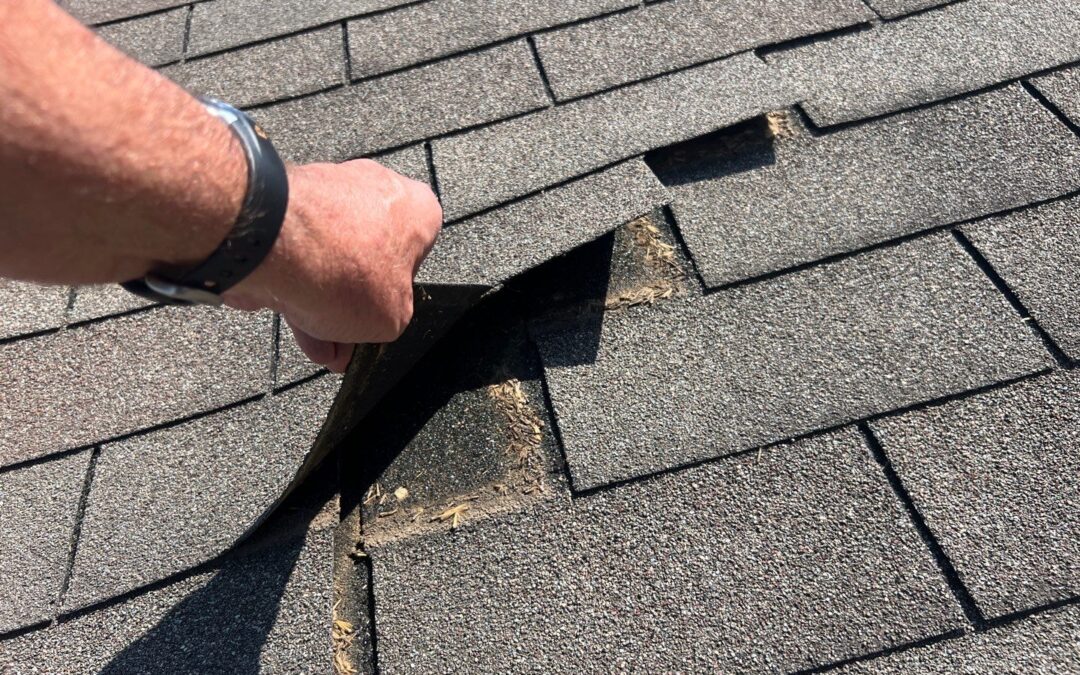What Determines a Roof’s Lifespan?
The lifespan of your roof depends on various factors such as material, installation quality, weather exposure, and maintenance. For homeowners in Tulsa, OK, working with a reliable roofing company like The Roofing Guys ensures that your roof receives the care it needs to reach its maximum potential lifespan.
Did You Know? According to the National Association of Home Builders (NAHB), slate, copper, and tile roofs have the longest lifespans, lasting over 50 years. In contrast, asphalt shingles typically last between 20 to 30 years.
Key Roofing Materials and Their Expected Lifespans
- Asphalt Shingles (20-30 Years): The most common roofing material in the U.S., offering a balance between affordability and durability.
- Wood Shingles and Shakes (25-35 Years): Known for their natural aesthetic, wood shingles require more maintenance to prevent rot, mold, and insect damage.
- Metal Roofing (40-70 Years): Highly durable and energy-efficient, metal roofs can last up to 70 years with proper maintenance.
- Clay and Concrete Tiles (50-100 Years): Resistant to fire, wind, and hail, these tiles are highly durable but may require reinforced roof framing due to their weight.
- Slate Roofing (75-100+ Years): One of the longest-lasting roofing materials, slate is incredibly durable but comes with a higher installation cost.
To understand more about maintaining a commercial roof click here.
Factors Affecting Roof Longevity
- Quality of Installation: Poor installation can lead to leaks, damage, and reduced lifespan. Always hire a certified roofing contractor.
- Climate and Weather Exposure: Extreme weather conditions like hail, wind, heavy rain, or intense sun can shorten your roof’s lifespan.
- Ventilation: Proper attic ventilation prevents heat and moisture buildup, reducing the risk of damage to the roof structure.
- Regular Maintenance: Regular inspections, cleaning, and timely repairs extend the life of your roof, preventing small issues from escalating.
Signs Your Roof is Nearing the End of Its Lifespan
- Frequent Leaks: Persistent leaks indicate that your roof’s protective barrier is compromised.
- Curling or Buckling Shingles: Shingles that curl or buckle suggest aging and exposure to the elements.
- Excessive Granule Loss: As shingles deteriorate, they shed protective granules, often seen in gutters.
- Sagging Roof Deck: A sagging deck indicates structural damage and could mean your roof is due for replacement.
The Roofing Guys bring a vast experience to the table, making them experts in maintaining and extending the lifespan of roofs in Tulsa, OK. Their commitment to quality is evidenced by their IKO and GAF certifications, ensuring every project meets industry-leading standards.
Maintaining Your Roof for Longevity
- Regular Inspections: Schedule professional inspections at least twice a year to catch potential issues early.
- Clean Gutters: Clogged gutters can cause water to back up under your roof, leading to leaks and damage.
- Trim Overhanging Branches: Tree branches can scrape your roof, causing damage to shingles and creating entry points for pests.
- Repair Damage Promptly: Address any minor damage immediately to prevent it from becoming a more significant issue.
FAQs
Q1: How often should I inspect my roof?
We recommend inspecting your roof at least twice a year and after severe weather events.
Q2: Can I prolong the lifespan of my roof?
Yes, with regular maintenance, prompt repairs, and proper ventilation, you can extend your roof’s life significantly.
Q3: How do I know when it’s time to replace my roof?
Common signs include frequent leaks, curling or missing shingles, and visible daylight through the roof boards.
Conclusion
Understanding your roof’s lifespan and the factors that influence it can help you make informed decisions about maintenance and replacement. Trusting professionals like The Roofing Guys ensures your roof remains in excellent condition, providing protection and peace of mind for years to come.

